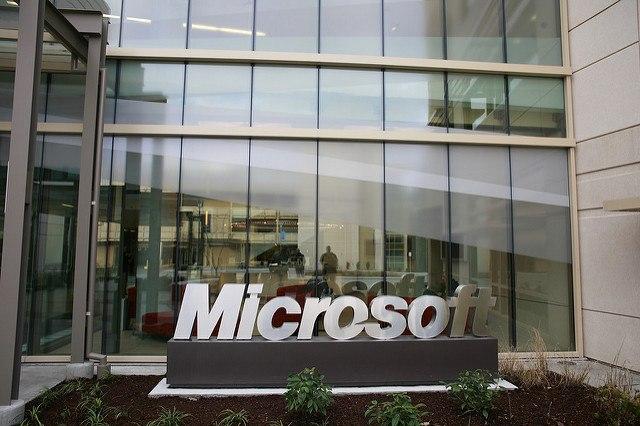
Microsoft is doubling down on corporate diversity just in time for the New Year (or the new Trump presidency, depending upon how you look at it).
While most companies answer the need for greater diversity with New Year's resolutions to revamp hiring quotas, review corporate culture and restructure talent searches (all of which Microsoft has undertaken in the past), the company is looking at a new approach this time. And it may just offer the incentive needed to finally change those diversity numbers.
The solution? The software giant plans to link diversity stats to corporate bonuses.
Microsoft revealed earlier this month that while diversity in its workforce is increasing, its female representation slipped last year -- for the second year in a row. Gwen Houston, Microsoft's chief diversity and inclusion officer, blamed the shift on restructuring efforts in its phone hardware business, where there was a higher representation of women employees than in other parts of the company. But she acknowledged that the loss called for new approaches and a "deepening commitment" to increasing diversity in the company's ranks.
Microsoft's proposed strategy, which includes making diversity gains a requirement for senior management compensation, isn't an entirely new idea.
The United Kingdom launched a charter in May to inspire banks to increase gender diversity in senior positions. The program is voluntary, but has already been adopted by many of the U.K.'s largest banks. And some 60 companies pledged to fill a third of their management positions with women by 2021.
But Microsoft's diversity plan goes further than that: The company's targets include ensuring the workplace is not only diverse in talent, but also inclusive in nature, Houston said. Ongoing internal diversity training programs and new strategies to broaden the net for diverse talent will complement the mandatory requirements for senior management.
I wondered whether this new approach could also help to test the boundaries of what is called "diversity." Will managers be required to ensure disabled workers are part of that definition? Granted, the American with Disabilities Act (ADA) requires employers to make "reasonable accommodations" for disabled workers. How will departments be required to meet (and hopefully improve against) that challenge? And while Microsoft has been actively working to expand its hiring of minorities and women, are there other ways it can help broaden society's appreciation of and respect for multiculturalism in the workplace?
Microsoft CEO Satya Nadella told Fortune he is already thinking about the broader landscape of diversity and inclusion. Nadella has a child with special needs and appreciates the challenges that accessibility needs can create, both in and outside of the workplace. He said he knows diversity isn't defined by numbers or federal census, but by human experience.
With the anticipated changes to federal priorities in Washington, Microsoft's innovative approach to diversity and inclusion couldn't come at a better time.
Image credit: Flickr/Robert Scoble
Jan Lee is a former news editor and award-winning editorial writer whose non-fiction and fiction have been published in the U.S., Canada, Mexico, the U.K. and Australia. Her articles and posts can be found on TriplePundit, JustMeans, and her blog, The Multicultural Jew, as well as other publications. She currently splits her residence between the city of Vancouver, British Columbia and the rural farmlands of Idaho.














